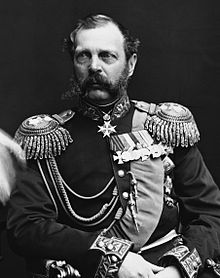As the Russian empire began expanding its borders through the acquisition of new land, Russia became home to became convoluted with foreigners. Non-Russians approximately made up more than half of the total population according to the first general census conducted in 1897. This information was actually pretty shocking for me, as it gave me an understanding of how hard it must have been to govern an empire that was filled with so many ethnicities.
The Russian empire appeared to be mostly tolerant of other religions besides orthodoxy being practiced. This is very different compared to how the old believers were persecuted against in the 17th century. 71 percent of the population belonged to the Orthodox Church, while other major beliefs included Islam, Catholicism, Judaism, and Lutheranism. The orthodox church was still a unifying force, although there was still a major presence of other religions.
The position of a hereditary noble became harder for most non-russians to achieve through government service. However, those who had achieved hereditary nobility before the reforms that were put in place to emphasize Russification were able to retain their position. It’s even noted that, “The Muslims of Azerbaidzhan and the Germans also had a considerably higher proportion of hereditary nobles than the Russians” ((Kappeler, Andreas. “The Late Tsarist Multi-Ethnic Empire between Modernization and Tradition.” Chap. 8, In The Russian Empire: A Multiethnic Empire. Translated by Alfred Clayton, 283: Longman, 2001.)). It seems that the non-russian populations that were more educated, according to the census, were more likely to have higher government positions.
Some minorities, however, seem to have been treated worse than others. Non-russians made up a significantly large portion of revolutionary groups which shows that there must have been unrest in their treatment. Ukrainians and Jews were especially well represented in revolutionary parties and eventually representing the Bolsheviks after the 19th century. The Russian government seemed to restrict groups they disliked or that they felt were a threat to their rule.

